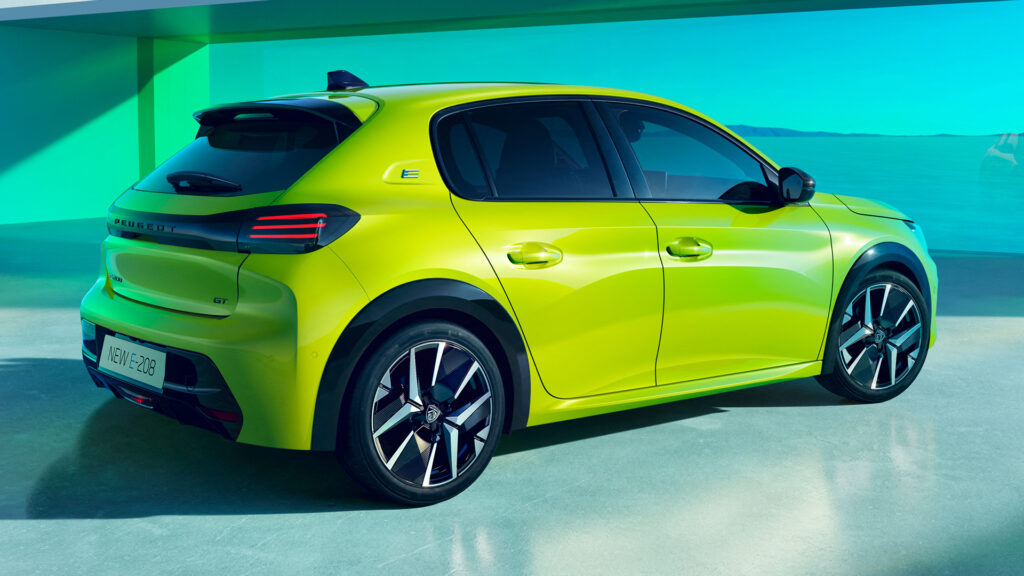Nissan’s $17K Maxima-Sized EV Took Off In China And Now It’s Going Global

- Nissan’s N7 EV secures over 17,000 Chinese orders within its first month on sale.
- Prices for the N7 start at roughly $16,600 offering up to 317 miles of range.
- The electric sedan has a typical Chinese EV interior with a large infotainment screen.
While the Nissan Ariya is a decent electric SUV, its sales haven’t exactly taken off the way the brand probably hoped. The Leaf, meanwhile, is well past its expiration date, though a successor is coming soon. Over in China, however, Nissan has launched an EV that’s actually generating real demand. That would be the N7, unveiled back in April and on sale shortly after.
According to Nissan, as of May 31, it had secured 17,215 orders for the new N7 in China in just one month. The company also noted that 70 percent of those orders came from first-time Nissan owners.
Read: Nissan’s New Electric Sedan Is As Big As A Maxima, Cheap As A Versa
It’s an impressive figure, although quick early sales aren’t unusual for newly launched EVs in China, where many models rack up tens of thousands of orders within months. Mazda, for example, is believed to have secured 20,000 pre-orders for the EZ-60 in just a matter of weeks. Chinese deliveries of the N7 began on May 15.
In a social media update, the company added that the N7 is currently the top-selling pure electric vehicle among joint ventures and ranks second among medium and large EVs priced under 200,000 yuan (around US$27,600). It didn’t specify the time period this ranking refers to, but it’s likely a monthly figure, so take that as you will.
Going Global
Perhaps buoyed by the warm reception in China, Nissan confirmed today that it plans to take the N7 global. However, it didn’t share any details about launch timing or which markets will get the car. One thing seems certain: the United States won’t be on that list. Europe, on the other hand, is a likely candidate, especially considering Mazda plans to offer its Chinese-made EZ-6 and EZ-60 SUV in several global markets, including Europe and possibly Australia too.
For what it’s worth, Nissan recently trademarked the Primera name in several markets, including Malaysia, hinting that the N7 might revive the long-dormant badge.
Not a Ground-Up Nissan Design
While this looks like a win for Nissan, it didn’t have to shoulder all the development work. The N7 borrows heavily from the Dongfeng eπ 007, the model it’s based on. That also means some of the cooler elements, like the eπ 007’s Lamborghini-style scissor doors, didn’t make it into Nissan’s version. Instead, the N7 makes do with standard doors, though most buyers likely won’t mind.
However, for the most part, the N7 is quite unconventional for a Nissan. It looks distinct from all of the brand’s other models, rocking a light bar up front and intricate LED headlights. It’s a similar story in the cabin where the N7 feels much more modern than any other Nissan, including the Ariya. Key features include a 15.6-inch infotainment display, wireless charging pads, a two-spoke steering wheel, and a very minimalist design.
Of course, even though the N7 is based on a Chinese model, Nissan’s local team couldn’t resist staging a photo op next to the most Japanese thing it could find, the soon-to-be-discontinued GT-R. Nothing screams shared DNA like a Chinese-sourced EV and a 16-year-old turbocharged JDM relic.
Affordable Pricing, Competitive Specs
Prices for the N7 start at a very affordable 119,900 yuan (around $16,600), at least by Western standards. The base model features a 58 kWh battery pack, delivers 215 horsepower, and offers a range of up to 317 miles (510 km) on a single charge.
Better-equipped versions with the same powertrain, labeled Pro and Max, are also available, priced at 129,900 yuan (about $18,000) and 139,900 yuan (around $19,400), respectively. Two variants with a larger 73 kWh battery are offered as well, starting at 139,900 yuan ($19,400) and reaching up to 149,900 yuan ($20,800).
John Halas contributed to this report.


































